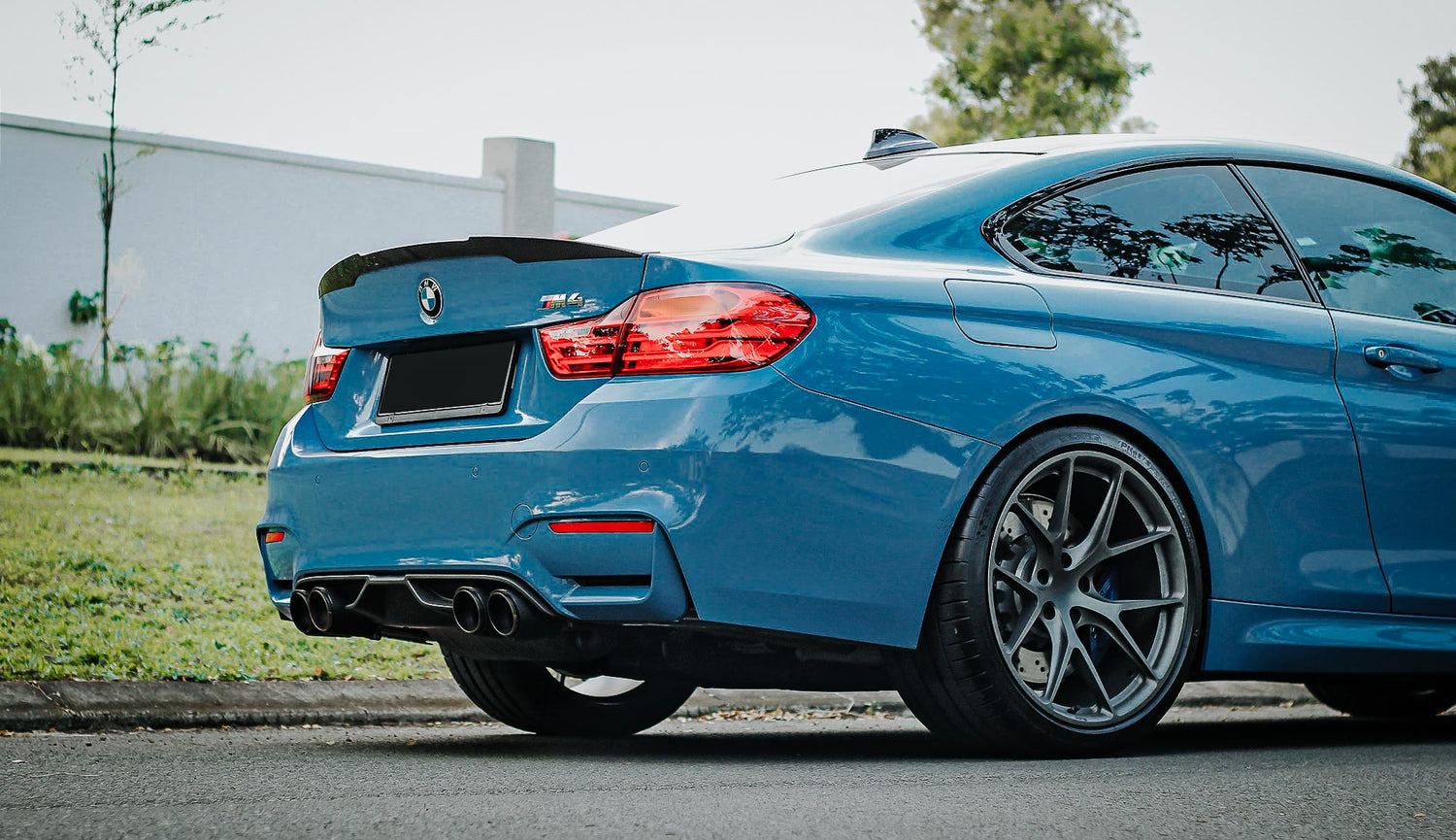Car enthusiasts love modifying their rides, and suspension upgrades are among the most dramatic changes you can make. Whether you want better handling, a lower stance, or a show-stopping look, the right suspension setup can transform your vehicle. Two of the most popular options are static suspension and bagged (air) suspension. But which one is right for you? Let’s dive into the pros, cons, and key differences between these two setups.
What is Static Suspension?
A static suspension setup typically refers to a fixed-height suspension system, such as coilovers or lowering springs. Unlike air suspension, static setups do not allow height adjustment on the fly. Once installed, your ride height is locked in, and adjustments require manual changes to the suspension components.
Types of Static Suspension
-
Lowering Springs – A cost-effective way to lower your car while retaining stock struts. Ideal for mild stance and improved handling.
-
Coilovers – A fully adjustable system that allows you to fine-tune your ride height, damping, and in some cases, camber settings.
-
Custom Static Setups – Some enthusiasts opt for custom-fabricated suspension components to achieve extreme static drops.
Pros of Static Suspension
✔ Lower cost compared to air suspension
✔ Improved handling and responsiveness
✔ More durable with fewer mechanical components
✔ No risk of air leaks or compressor failures
Cons of Static Suspension
✖ No on-the-fly height adjustability
✖ Rougher ride quality depending on setup
✖ Risk of scraping on speed bumps and driveways
✖ Less versatility for daily driving
What is Bagged (Air) Suspension?
A bagged suspension uses air struts instead of traditional springs and shocks. These air struts are connected to an air management system, which includes a compressor, air tank, valves, and an ECU. This system allows drivers to adjust their ride height at the push of a button.
How Air Suspension Works
-
The air compressor pumps air into the air tank.
-
The management system distributes air to each strut.
-
A controller or app lets you raise or lower the car in real-time.
-
Some systems use pressure-based sensors, while others utilize height-based sensors for precise adjustments.
Pros of Air Suspension
✔ On-the-fly height adjustability for different road conditions
✔ Ideal for show cars and aggressive stance setups
✔ More comfortable ride compared to stiff coilovers
✔ Preset height adjustments for convenience
Cons of Air Suspension
✖ Higher cost (starting around $3,000)
✖ Complex installation process
✖ Potential for air leaks or compressor failure
✖ Requires routine maintenance
Static vs. Bagged: Which One is Right for You?
Choosing between static and air suspension depends on your driving needs and budget. Here’s a quick comparison:
| Feature | Static Suspension | Bagged Suspension |
|---|---|---|
| Cost | Lower | Higher (starts around $3,000) |
| Adjustability | Fixed height | Adjustable on demand |
| Ride Comfort | Stiff to harsh | Generally smoother |
| Performance | Best for handling | More for show and daily comfort |
| Installation | Easier, DIY-friendly | Complex, best left to professionals |
| Durability | Fewer components, more reliable | More parts, risk of leaks and failures |
Final Thoughts
If you’re looking for a budget-friendly option that enhances handling and keeps things simple, static suspension (lowering springs or coilovers) is the way to go. However, if you want the ultimate stance, comfort, and adjustability, air suspension is worth the investment—especially for daily driving and car shows.
No matter which setup you choose, always prioritize quality components and professional installation to get the best performance out of your suspension system.
Popular Suspension Brands
-
Static: BC Racing, Fortune Auto, KW, Tein, Eibach, H&R
-
Bagged: AirLift Performance, D2 Suspension, AccuAir



